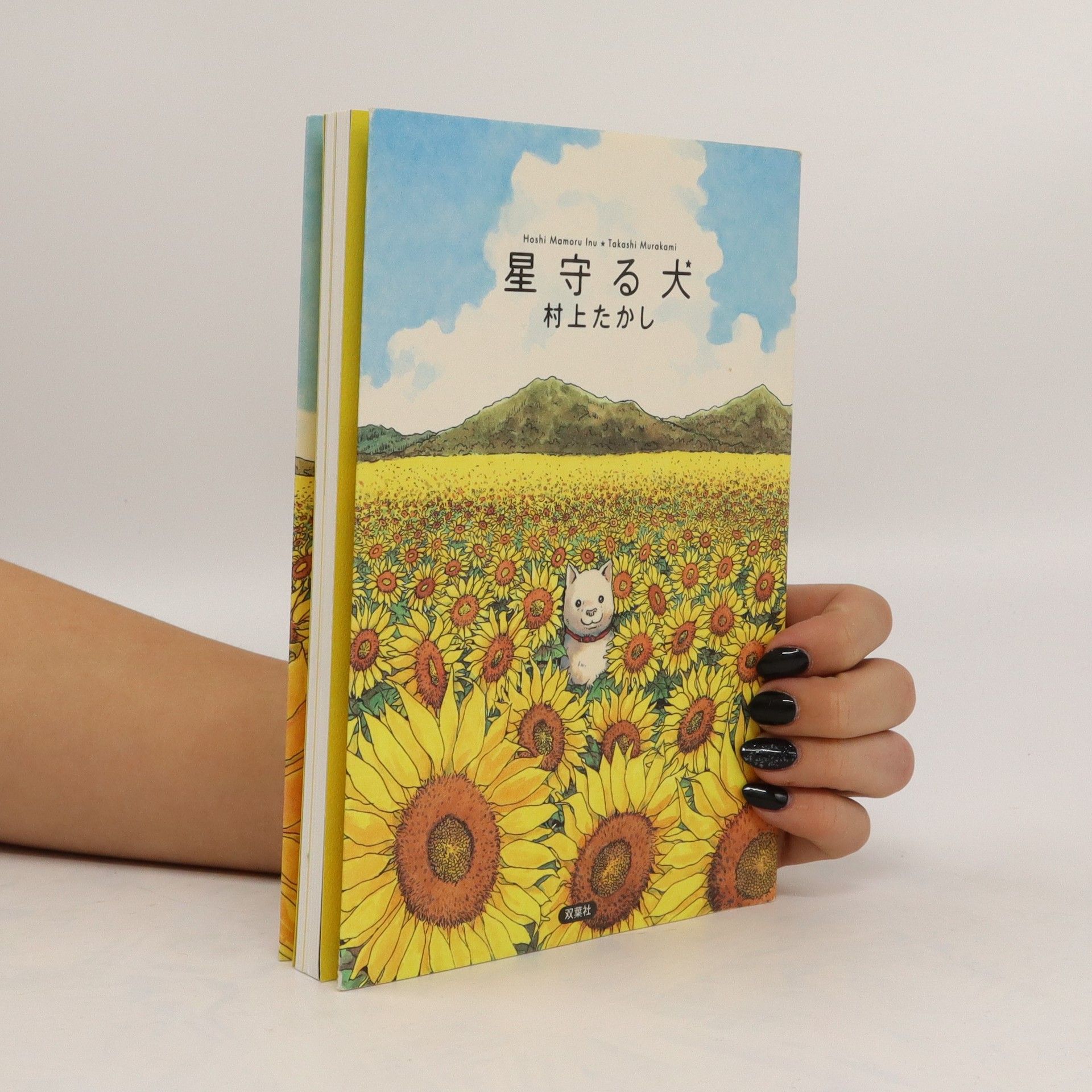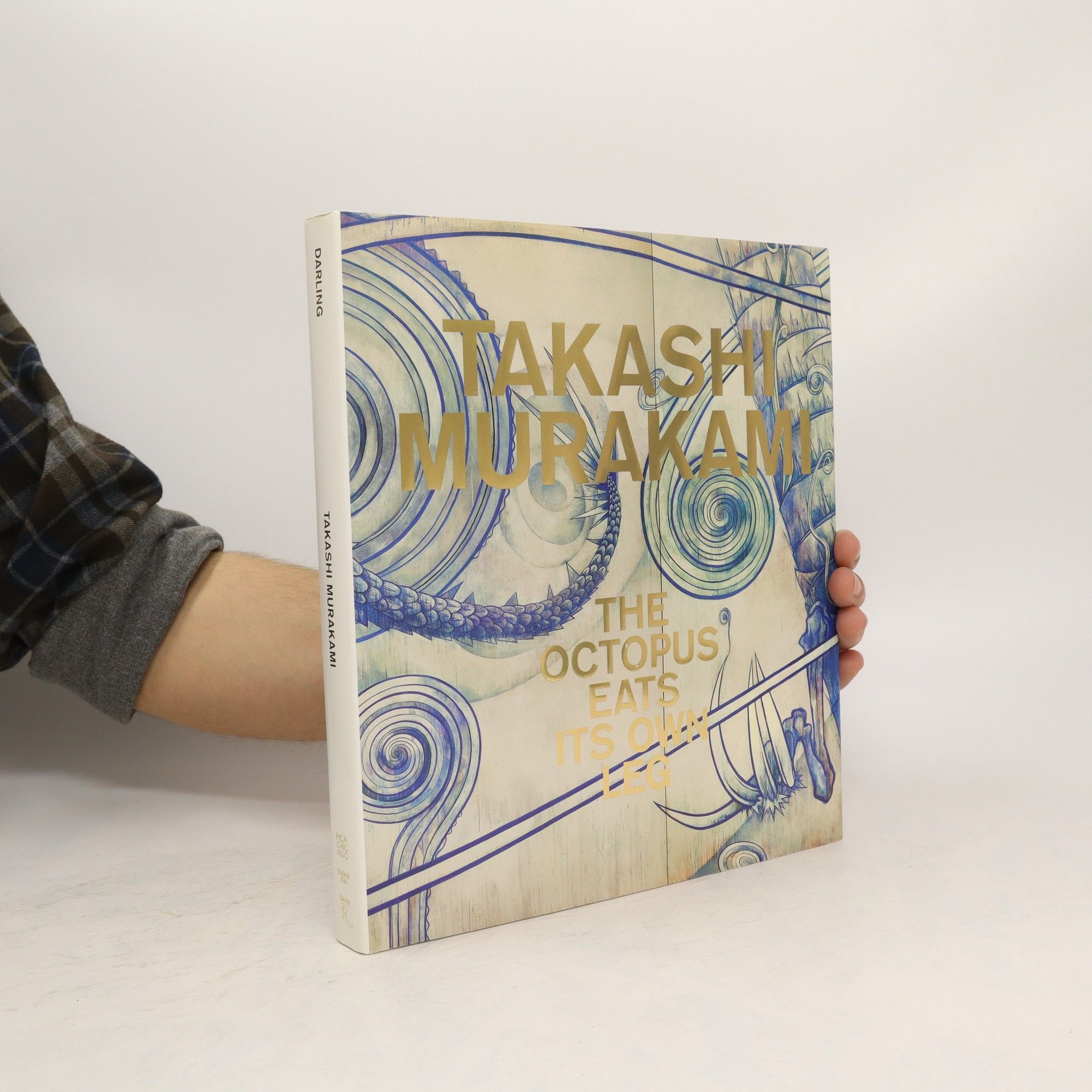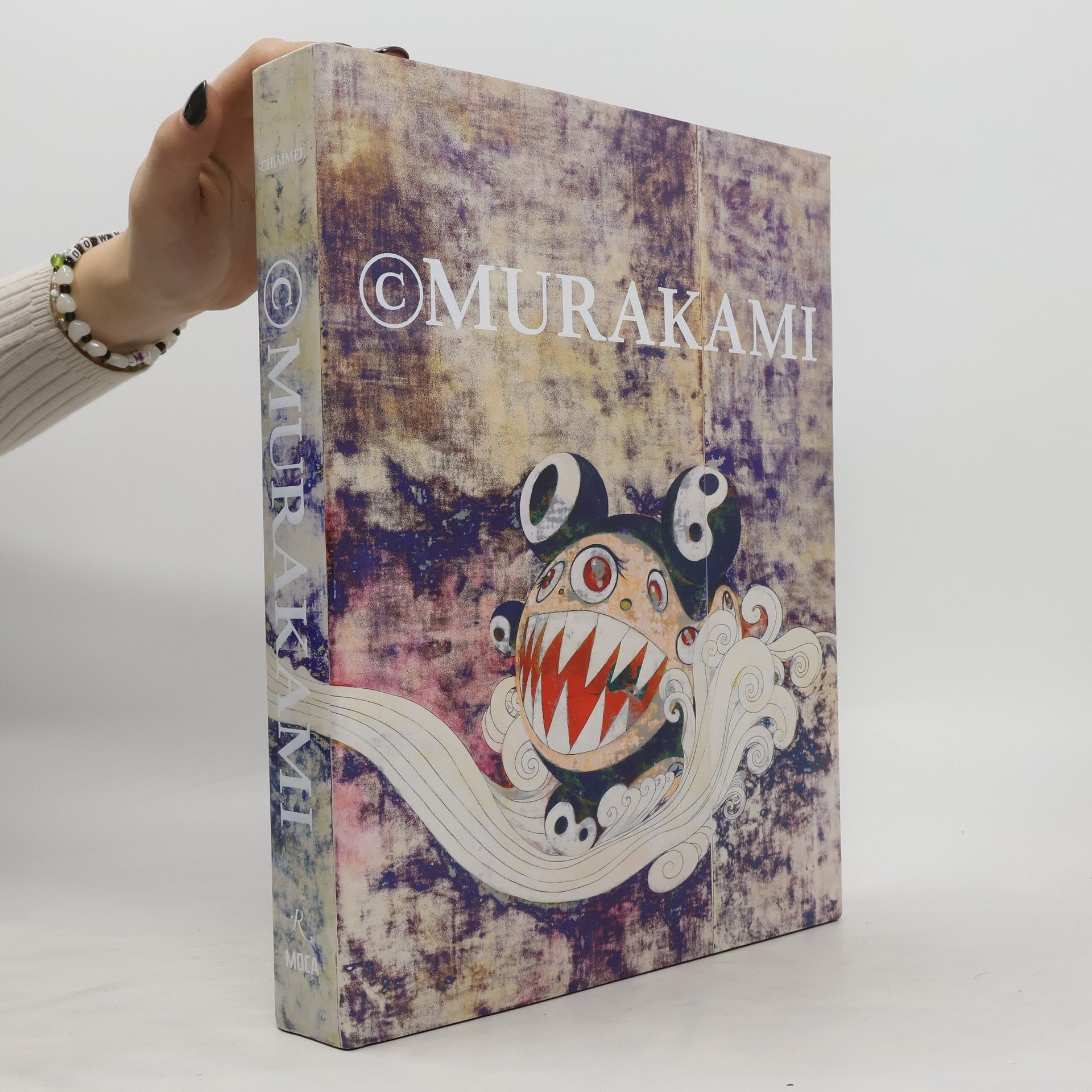Takashi Murakami Book order






- 2024
- 2024
Czy roboty mają duszę? Technologia AI znajduje zastosowanie praktycznie we wszystkich dziedzinach ludzkiego życia. PINO to nazwa pierwszych masowo produkowanych humanoidalnych robotów wyposażonych w prawdziwie autonomiczną sztuczną inteligencję. Jeden z nich pracuje w laboratorium firmy farmaceutycznej, gdzie zajmuje się opieką nad zwierzętami wykorzystywanymi do testowania nowych leków. Lecz w dniu, w którym dowiaduje się, że miejsce jego pracy ma zostać zlikwidowane, coś się w nim zmienia…
- 2023
Kota, do nogi!
- 256 pages
- 9 hours of reading
Hau, poznajmy się! Mam na imię Kota i mieszkam ze swoją kochaną rodzinką. Wesoło nam się żyje. Wszyscy są dla mnie bardzo mili i troskliwie się mną zajmują. Nie lubię tylko, kiedy trzeba iść do pana doktora, bo on mi robi niemiłe rzeczy. Tatko mówi, że to dla mojego dobra, no ale co poradzę, że nie przepadam za tym, gdy ktoś wkłada mi się rurkę w… Uch, nieważne. W każdym razie najprzyjemniejsze są chwile, kiedy wychodzimy na spacerek. Świat jest pełen zapachów, a ja uwielbiam wąchać. Tak, wąchanie to moje hobby. I spanie. Szczególnie lubię złapać drzemkę przed telewizorem. Mój braciszek chyba też, bo często próbuje zepchnąć mnie z fotela. Uwielbiam też pomagać, zwłaszcza siostrzyczce, kiedy odprawia ten swój dziwny rytuał, który nazywa „gimnastyką”. A ciasta mamci są najlepsze na świecie. Nie mogę się doczekać swojej porcji, więc zdarza się, że „pożyczam” ją z talerza braciszka lub siostrzyczki. Albo wszystkich naraz. Wszyscy mnie potem ganiają i wymachują rękami. Mówię Wam, w mojej rodzince jest super!
- 2017
The first major U.S. monograph in ten years on Murakami is the definitive survey of the paintings of one of today's most influential artists. Takashi Murakami (born 1962), one of contemporary art's most widely recognized exponents, receives a long-awaited critical consideration in this important volume. Accompanying the first retrospective exhibition devoted solely to Murakami's paintings, this book traces Murakami's career from his earliest training to his current studio practice. Where other books address the commercial aspects of Murakami's work, this is the first serious survey of his work as a painter. Through essays and illustrations many previously unpublished it explores the artist's relationship to the tradition of Japanese painting and his facility in straddling high and low, ancient and modern, Eastern and Western, commercial and high art. New texts address Murakami's output in the context of postwar Japan, situating the artist in relation to folklore, traditional Japanese painting, the Tokyo art scene in the 1980s and 1990s, and the threat of nuclear annihilation. This richly illustrated volume also includes a detailed biography and exhibition history
- 2011
Stargazing Dog
- 124 pages
- 5 hours of reading
Oto-san is down and out. Life has conspired against him and nothing is coming together the way he wished - so he sets out with his car to get away from it all. All the people around Oto-san have abandoned him in indifference but as readers discover along with him, the one he can count on utterly and completely is his adopted dog. His dog follows him blindly and faithfully to the end - lightening up his new adventure into the unknown.
- 2010
芸術闘争論 (Geijutsu tōsō-ron)
- 292 pages
- 11 hours of reading
- 2009
星守る犬 (Hoshimamoruinu)
- 124 pages
- 5 hours of reading
ハッピーは白くてちいさな子犬。小学生のみくちゃんに拾われて、エサをくれるお母さん、ぶっきらぼうだけどいつも散歩に連れて行ってくれるお父さんと、幸せな日々を過ごしていた。しかしハッピーの成長とともに時は経ち、家族は少しずつ変わっていく。お父さんが体調を崩し仕事を失ったことをきっかけに、家族はバラバラ、自宅も処分することに。お父さんは、愛犬ハッピーとふたり、生きるために、故郷を目指しボロ車で旅に出る。少し不器用で強がりなだけで、ごくありふれた普通の父親でありながら、どうしようもない立場に追いやられてしまった「お父さん」。そんな「お父さん」をひたむきに愛し、ついていくハッピー。ときに可笑しく、ときに切ない、限りある生を謳歌するような短くて永い旅がはじまった──。
- 2007
© Murakami
- 330 pages
- 12 hours of reading
Takashi Murakami is one of contemporary art’s most innovative and important figures. Drawing from street culture, high art, and traditional Japanese painting, Murakami takes the contemporary art trend of mixing high and low to an unprecedented level (critics call him the new Warhol), producing original paintings and sculptures as well as mass-produced consumer objects such as toys, books, and most famously, a line of handbags for Louis Vuitton. A committed supporter and spokesperson for Japanese artists and a powerful commentator on postwar culture and society, Murakami has organized influential exhibitions of Japanese art as well as a biannual art fair in Tokyo. Murakami has positioned himself as a new type of artist for the twenty-first century: a hybrid of creator, entrepreneur, and cultural ambassador.In conjunction with the first major retrospective of his work, Murakami traces Murakami’s global impact socially, culturally, and art historically. Essays focus on Murakami’s early works, which were based on a social critique of Japan’s rampant consumerism; the development of his characters; his work with anime, fantasy; otaku culture; and his engagement with global pop culture. Representing output from original works of art to mass-produced multiples, the catalogue also considers the implications of Murakami’s working methods within the tradition of the Western avant-garde.
- 2006

